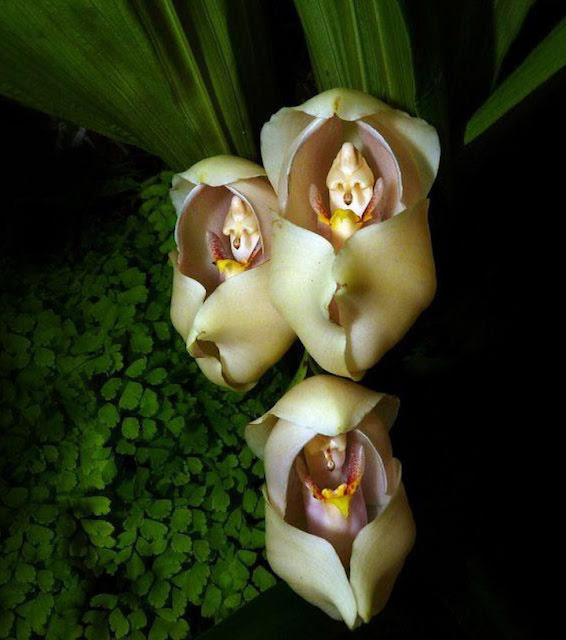The garden pansy is a type of
large-flowered hybrid plant cultivated as a garden flower. It is derived by
hybridization from more than a few species in the section Melanium of the genus
Viola, chiefly Viola tricolor, a wildflower of Europe and western Asia known as
heartsease. For simplicity, the older name Viola tricolor var. hortensis is
often used. Pansies are perennials but are short lived in many areas and so are
often grown as hardy annuals or biennials. Hybrids come in just about in every
color imaginable, many bicolored or tricolored, with the familiar faces that
most people remember from their childhoods. Most plants are about 8 inches tall.
They are used in window boxes and planters as well as in gardens. Like most
gardeners, I find the spring pansy show a welcome sight, but boy, can they sulk
in hot weather! Fortunately most of them revive when it gets cool at the
summer’s end, and there are all those little faces again. In mild climates they
will bloom all winter.
Now if you want to grow Pansy
then it can be sown indoors 10 to 12 weeks before the last average frost, but
be sure to sow them shallowly, keeping the seed tray dark, moist and cool.
Transplant them into the garden in the spring in fertile, humusy, moist soil
you should move them early enough so that they can established good root
systems before the weather gets too warm. Moreover a more reliable method is to
sow seeds in summer of fall for bloom the following spring. In cold climates
this is best done in a cold frame, though some gardeners have good results by
mulching the seedlings heavily. Left to their own devices, a few pansies will often
overwinter or self sow, even in cold areas. Moreover frequent picking or
deadheading will give you more compact plants and profuse bloom.




















